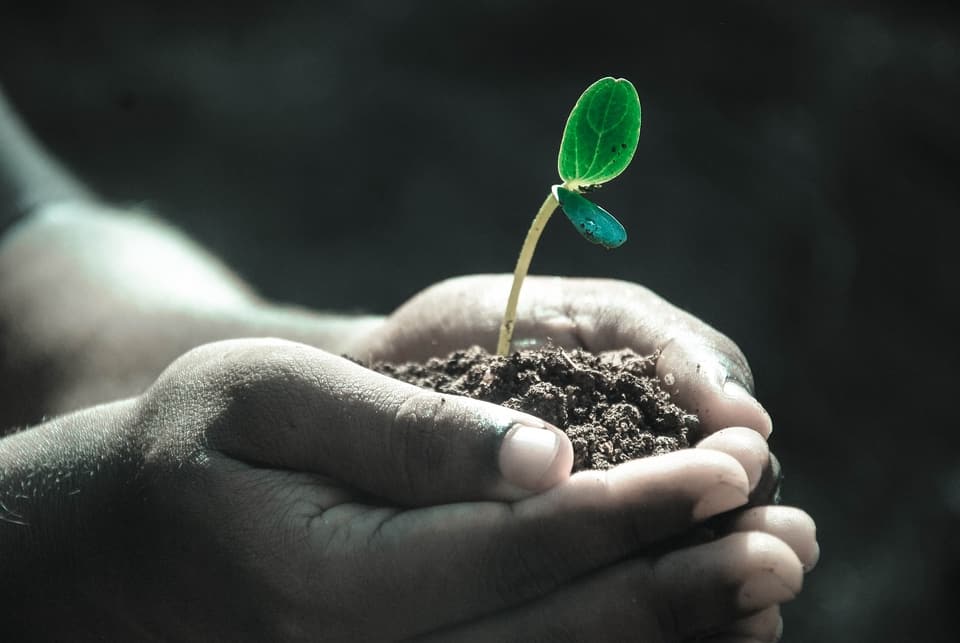
Composting: you may have heard the term, but wondered what the process really entails. There are many different ways to compost, some quite easy and efficient. Compost is a natural process where organic materials break down to create a nutrient-rich soil, perfect for growing fruits, vegetables, flowers and other foliage.
Organic materials might sound like a vague term, but if you think about it, you’ll realize you have organic materials all over your house. Anything that decomposes, from a banana peel to old newspapers, can be part of your compost pile. Whether you’re an avid gardener or an enthusiastic newbie, composting is a great way to increase the richness of your soil and reduce your carbon footprint. The process for creating compost for your home garden includes:
- Combining organic waste, such as food, yard trimmings and manures, in the right ratios and the right containers.
- Adding bulking agents such as wood chips, which are vital to the breakdown of these organic materials.
- Giving the finished material time to fully stabilize.
In this guide, we’ll walk you through the basics of composting, its benefits and the different ways you can create nourishing soil for your lawn and plants.
Composting: Bountiful Benefits
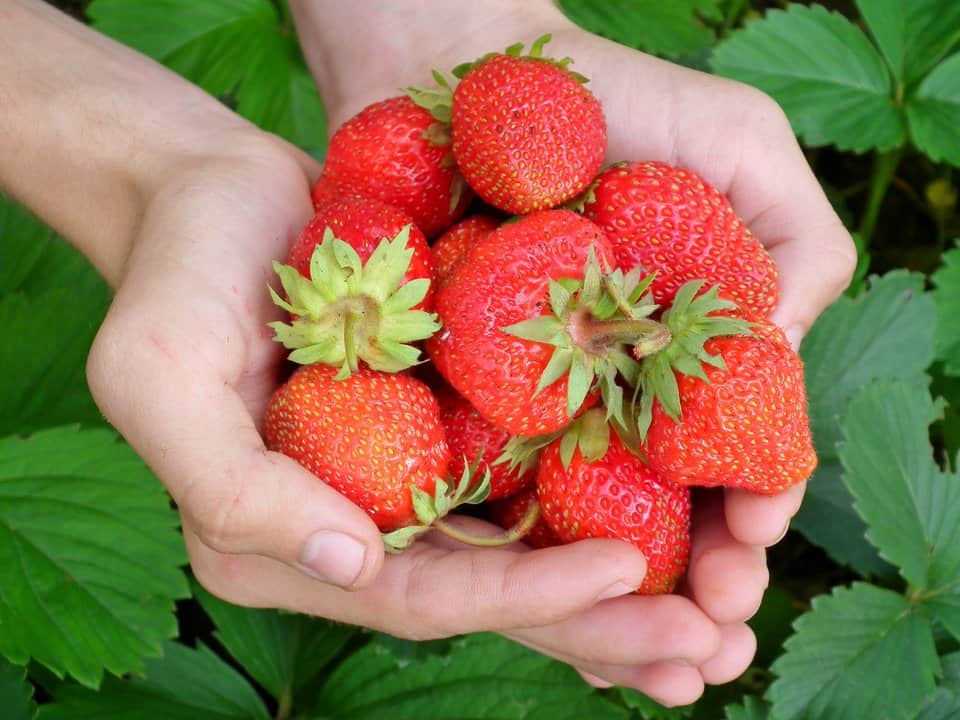
Did you know that food waste makes up 30% of the trash in landfills, waterways and water treatment facilities? By composting, you’re not only making a big impact in your backyard, but in the rest of the world, as well. Here are a few of the benefits of composting:
- Healthy soil: Compost creates nutrient-rich soil for the lawn and garden, which can also help retain moisture in the ground.
- Recycled waste: Composting can help prevent as much as 20 pounds of food waste from landing in your garbage can.
- Microscopic organism introduction to soil: Composting helps aerate the soil, which can prevent plant disease.
- Reduced chemicals: Composting is a natural alternative to fertilizers and chemicals, keeping a natural balance in the soil.
- Easier cultivation: Crops and plants have an easier time growing in composted soil.
In 2014, Americans recovered more than 23 million tons of solid waste with composting. Though the process takes time and education, the rewards come in the form of tasty fruits and vegetables, beautiful flowers and a healthier environment.
Composting: What Goes In (And Stays Out)
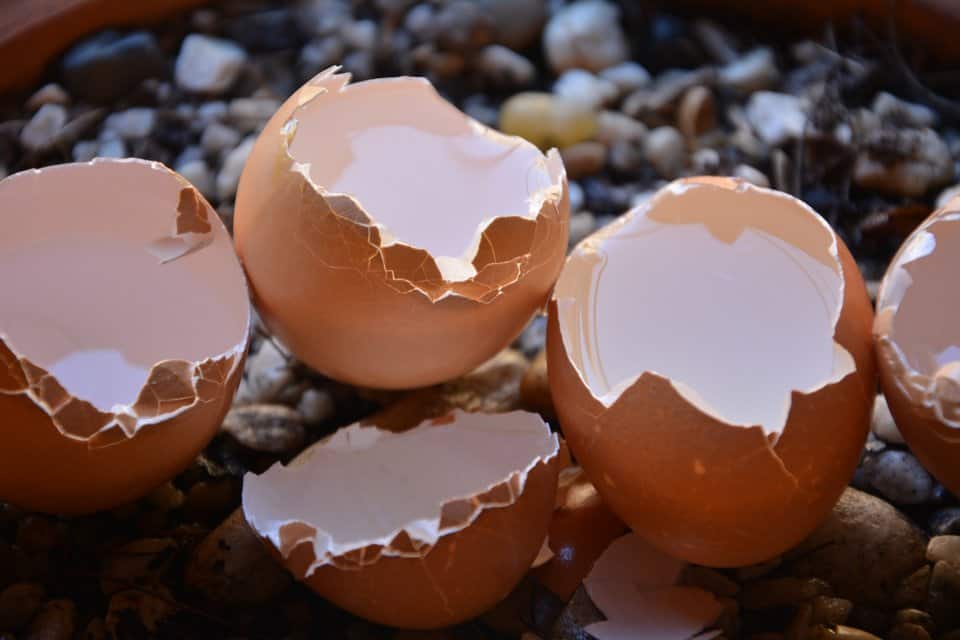
From the Kitchen
Composting starts with organic materials. This is waste that can be broken down and can decompose. All fruit and vegetable scraps can contribute to compost, but keep in mind that peels and rinds might have pesticide residue, so unless you know they are organic, keep them out of the compost. You can also add in egg shells, coffee grounds, tea leaves, shredded paper, cardboard, dryer lint and table scraps, but be sure to exclude meat, bones or fish scraps, as they will likely attract unwanted insect and mammalian pests.
You can store kitchen waste in a container with a lid and a handle under the sink. You can even buy a stainless steel or ceramic container with an air filter. When the container is full, take it out to your composter and toss in the contents.
From the Yard
You can add in clippings and trimmings from plants, flowers, wood and grass; just be sure that you aren’t tossing in any diseased plants or plant parts. Yard and garden materials will decompose at different rates, so if you want to speed up the process, consider breaking larger chunks into smaller pieces. As with anything decomposing, there will be an element of odor, so adding in a layer of soil will help to mask any unwanted scents.
Speaking of unwelcome odors, you can also compost manure. However, avoid using pet manure if you plan on composting for food gardens. Those types of waste are fine for compost that will only be used on flowers and lawns.
Composting: Getting Started
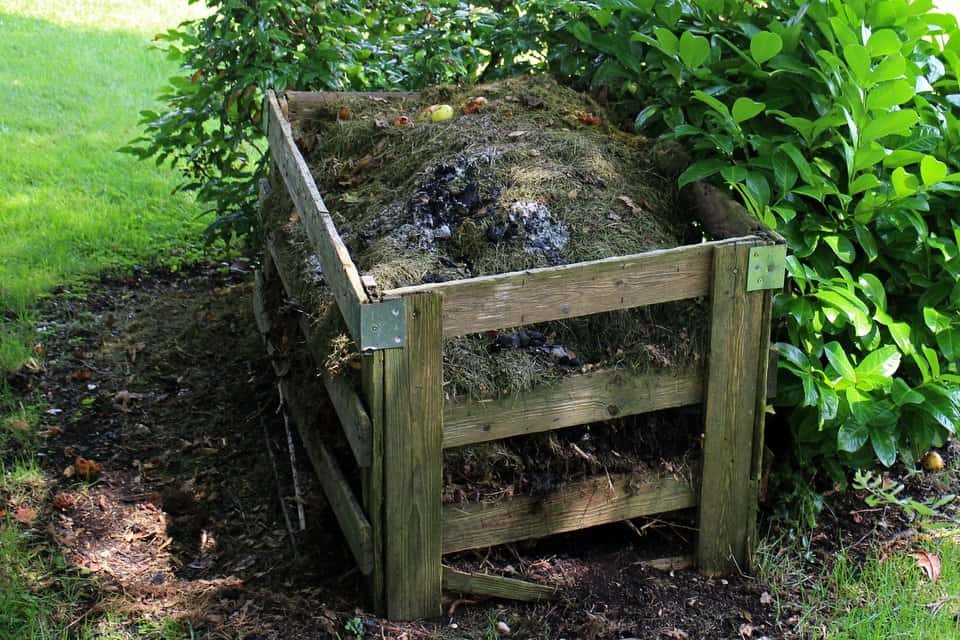
Now that you know why you should compost and what goes in, you can start planning your compost pile. Here are some quick tips to get started, and what you can expect along the way.
1. Form your compost pile on bare earth to let worms and other microorganisms in to help aerate the compost.
2. Start with a layer of twigs or straw, placing it just a few inches deep. This will help with drainage and also helps with aeration.
3. Think in layers, alternating between moist and dry. Moist ingredients are going to be your fruit and vegetable scraps — anything that retains even the slightest bit of water. Dry materials, like straw, leaves, pellets and wood, should be added in thinner layers so they break down more quickly.
4. Add in a nitrogen source, like grass clippings, and keep it moist. This activates the decomposition process. You can occasionally water your compost pile or let in the rain, but avoid letting the pile get soaked. Your natural climate plays a big role in the amount of moisture you need to add.
5. Cover your compost pile with wood, plastic, carpet, metal — just about any cover will do. This will help lock in moisture and heat, the two catalysts for waste to turn into compost.
6. Turn your pile every few weeks with a shovel or purchase a turning compost container. Turning adds in oxygen, which is necessary for the chemical breakdown.
7. Watch your carbon/nitrogen ratio to keep balance between these two elements. A stable compost pile will contain more carbon than nitrogen. Keep it simple by making sure you keep the balance of materials around one-third green and two-thirds brown.
8. Keep at it, and wait. The decomposing process takes time. If you follow the process correctly, the first layer of compost should be ready in about six months.
Composting has many steps, but once you go through the process a few times, you’ll see it can be really simple. There are other, more complex ways to compost, but these also take less time to yield results.
Storage Methods
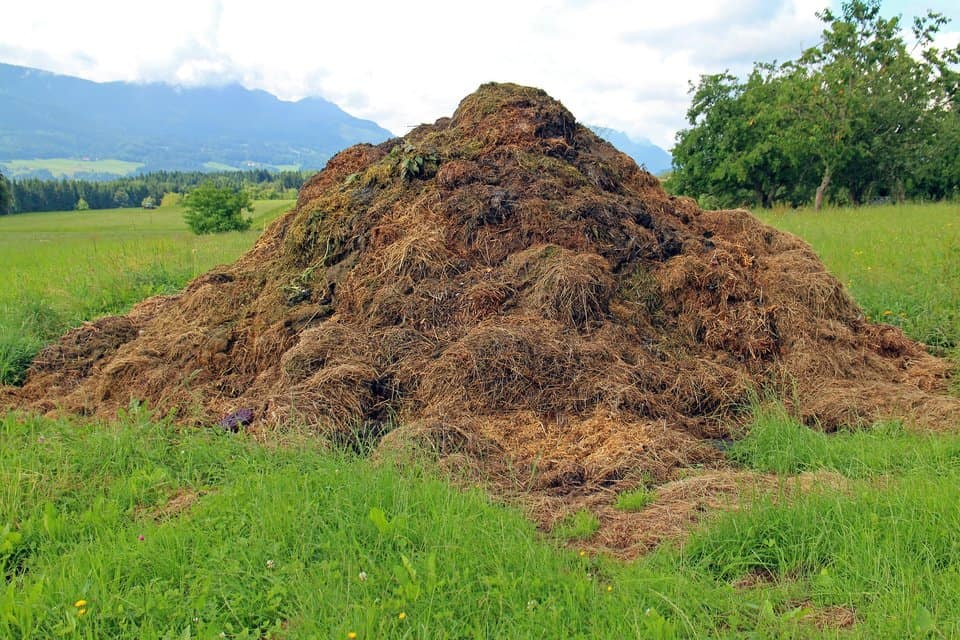
There are many different ways to store your compost. The right method is the one that fits your yard (and your lifestyle) the best. You can create an organized system of storage or simply pile the waste up under a tarp. Here are a few details to help you decide:
- Bins: For small-garden outdoor composting, enclosed bins are the most effective and efficient. You can build one yourself from a garbage can or purchase an enclosed compost bin. The compost tumbler is a commonly-used bin, which allows for easy turning to keep the microbes aerated and active.
- Heaps: Heap composting uses the same layer and turning process, except that you keep the waste in a pile instead of a structure. Most heap piles are around 5 feet wide by 3 feet high; a wider width will help keep heat in the pile.
- Trenches: To use trench composting, you’ll want to dig holes in your soil and bury compost waste. While this method of composting is the most simple, the materials tend to take longer to disintegrate.
- Hot composting: Hot composting is a completely different technique and requires much more effort. However, you can cut the breakdown process significantly — your first batch will be ready in a matter of weeks.
Composting adds a richness to your home garden and allows you to create a more natural environment. You can teach your children sustainability, math and chemistry while bringing all-natural, fresh foods to your table. The work involved is well worth the effort when you know what a positive impact you’re having on those you love and the world around you.

 United States
United States Canada
Canada